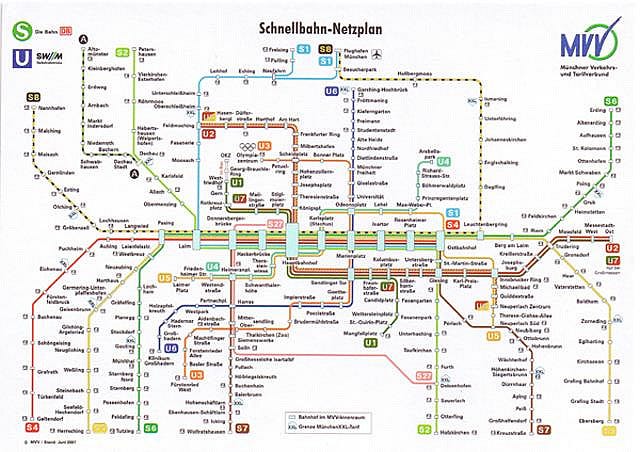
Day one of CES 2014 behind us. For Suz and I, CES actually started yesterday at 3am. We flew out of Oakland at the @ss-crack of dawn to attend the AT&T Developer Summit. After voting for the hackathon winners (great competition, but my by-far favorite, Simon Signs – an app that translates sign language to English – did not win), we attended some sessions to hear about the new AT&T services, APIs and future directions. I learned a lot, and am especially looking forward to trying
M2X – their new platform for connected devices (aka “internet of things”).
We followed the sessions with some clubbing and a Macklenmore concert. We finally got to our hotel at midnight.

Today, we made our way down to Las Vegas Convention Center to see CES itself. We started by visiting with
Robert Scoble. I asked him about his latest
“Google Glass is Doomed!” post. His take is that pretty soon, Glass would be more acceptable and accepted. Once price drops (his sweet spot price is $399 btw), and more people own it, it and its users will be treated with more respect (right now, people refer to Glass users as “Glassholes” – at least in the bay area). The future, according to Scoble, is that by 2020, you’d be able to ask Glass to get you a car to go to your hotel. Glass will give you directions to a self driving car, and charge you $15 for the ride. He’s aware of current limitations (some intended, and some mistakenly added to the product), but ultimately, we’re going towards a “Glassy” future. I bought a copy of his book “Age of Context” and got his autograph.


The rest of CES suggests that the future is going to have w-a-y more pixels in it. We spent the rest of the day visiting the large companies’ booths: Pioneer, Panasonic, LG, Samsung, Sony – all are featuring 4K displays, curved displays and other UHD monitors and solutions.

I’m convinced my next TV will have a 4K display, and probably so will my next computer monitor. By far my favorite was a 4K 27” Samsung monitor, that allows you to choose whether to connect to one device at 4K, or 4 separate inputs and view them all at the same time at HD resolution each. The monitor also supports axis rotation, and different color compositions. Definitely geared towards professionals.


In the phone front, LG grabbed my interest with the G2, Nexus 5, and the curved Flex. Both G2 and the Flex have their main button on the back. To compensate, the phone can be turned on and off by double-tapping the screen (a feature LG calls “Knock”).
The current trend with cell phones seems to be ever growing screen size – completely the opposite of a few years ago, when everyone was trying to shrink technology. The Flex looks amazing, and its self-healing plastic back (you should watch a demo) blew my mind, but it’s just too damn big.


As if to prove the point, the Alcatel Hero is well aware of its size. Not only does it come with a special cover that uses LED for notifications, but it actually has a small accessory called “Sidekick” – that looks like a phone from 10 years ago – that connects to the Hero over Bluetooth, and allows you to make calls and send texts without pulling the big device out of your bag. BTW, Alcatel reps asked people to not take pictures of the Hero. I guess they completely forgot they were at a
show. Next time, if you want to keep a secret – stay at home. So here are some photos of the Hero, and its Sidekick (pay attention to the white LED on the cover):



After walking the halls for hours, seeing screen after screen after screen, and hundreds types of cameras, the funniest thing I heard all day came from a guy at a line to see ShutterBall – a selfie button (it's a button that connects to your phone using Bluetooth, allowing you to appear in your own photos):
Where do you put all the selfies? On the shelfie
Looking forward to seeing more tech tomorrow. We have 22,000,000 square feet to cover…
 In my CES post, I told you about how excited I was to meet the Pressy guys, a Kickstarter project I backed.
Well, 6 months have passed, and my Pressy finally arrived - way behind schedule. And as it turns out, way over the price of its competitors. To the right is the 'Klick', one of Pressy's cmpetitors, sold for quarter of the price, arrives in a nicer box, and available 2 months before Pressy was released.
In my CES post, I told you about how excited I was to meet the Pressy guys, a Kickstarter project I backed.
Well, 6 months have passed, and my Pressy finally arrived - way behind schedule. And as it turns out, way over the price of its competitors. To the right is the 'Klick', one of Pressy's cmpetitors, sold for quarter of the price, arrives in a nicer box, and available 2 months before Pressy was released.





















